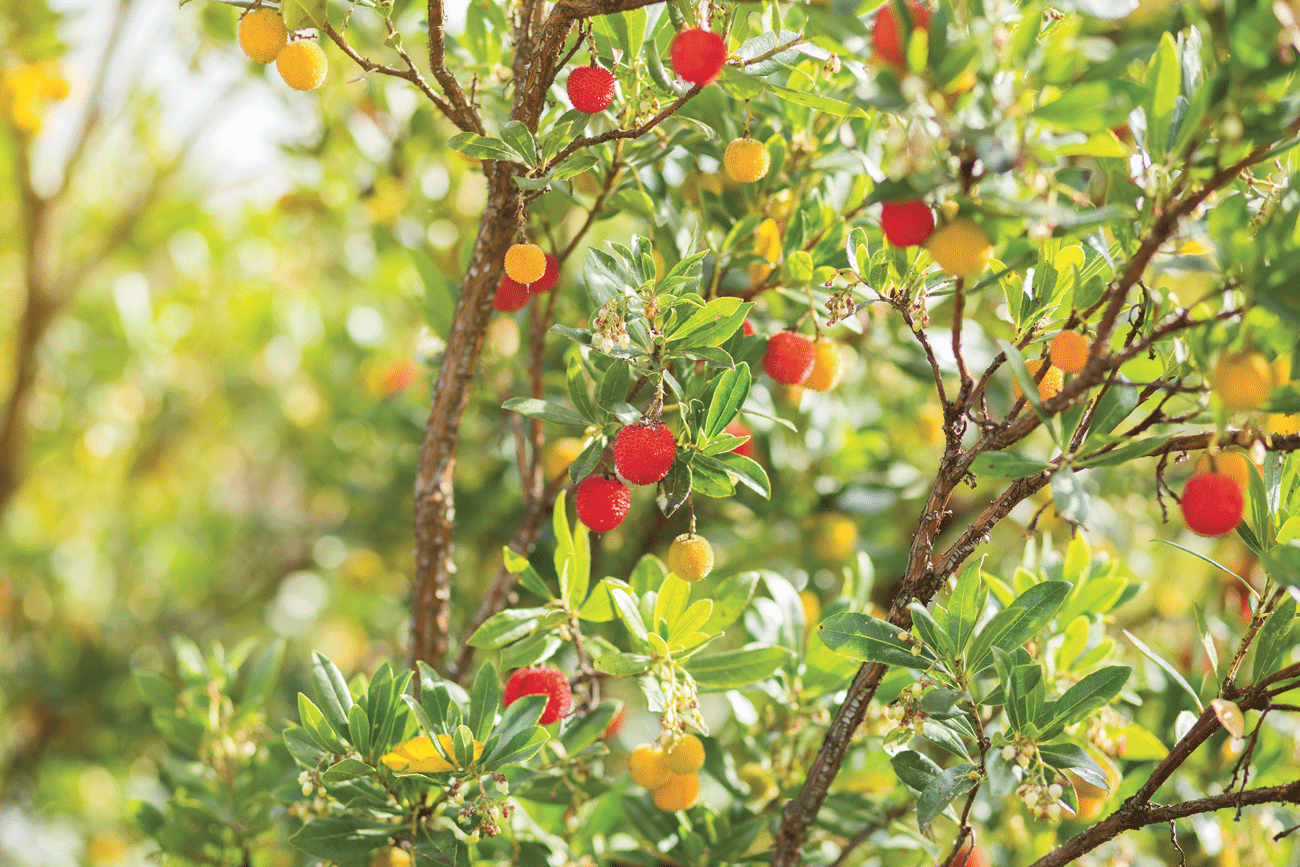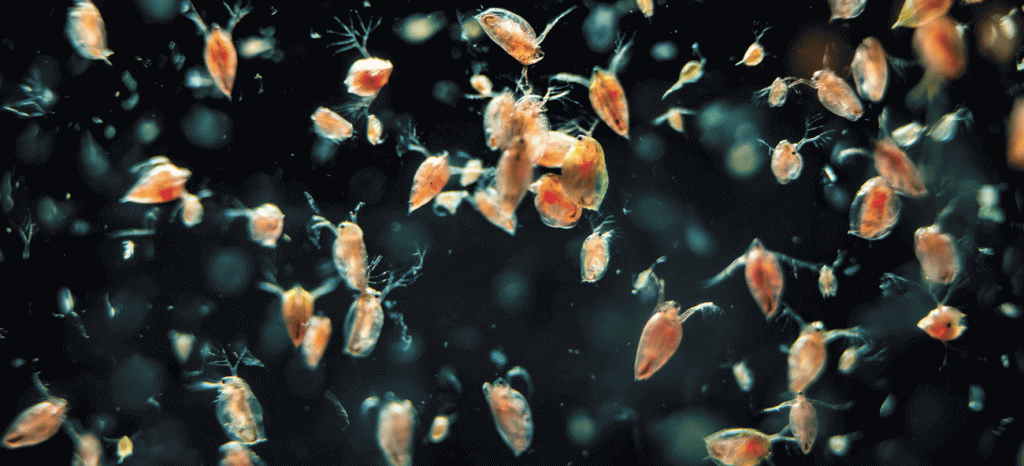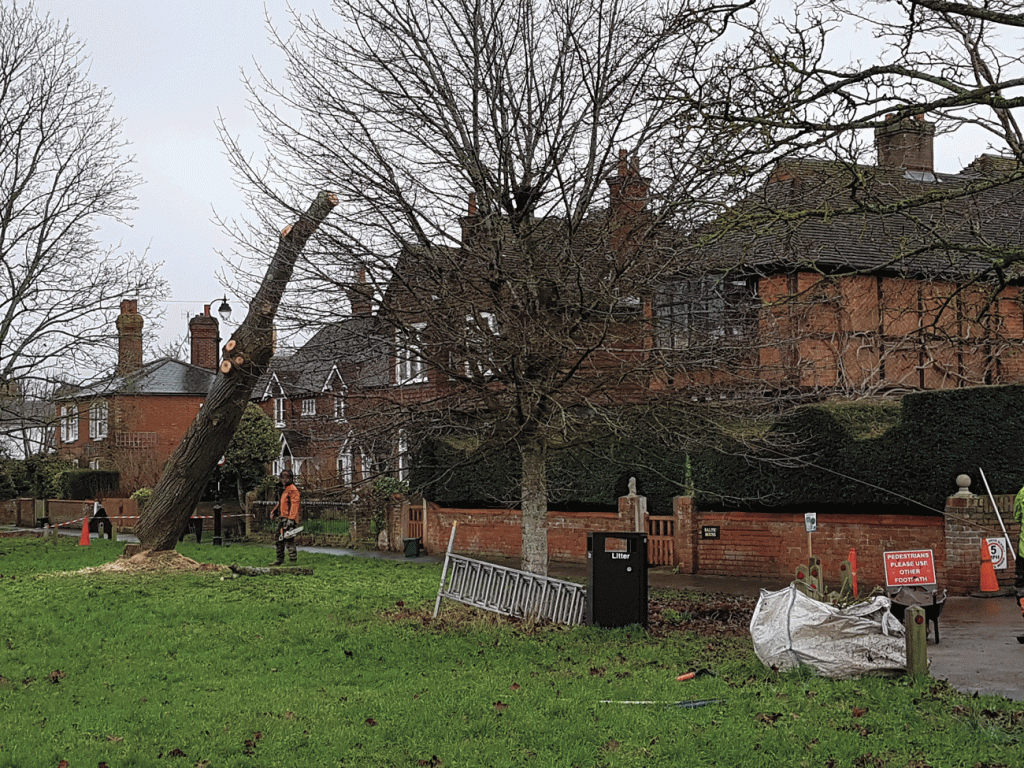
By Miki Marks (Main Photo – A Strawberry Tree (Arbutus))
Who was Pliny The Elder? It is hardly possible to read a natural history book and not find his name mentioned. I wrote about hares last month and included his remarks about hare meat being an aphrodisiac – and that he said, as an aside, that as it was such a widespread belief, there must be truth in it! A sense of humour or a touching faith in traditional wisdom?
Pliny was a Roman scholar, his full name was Gaius Plinius Secundus and he lived from 23 to 79 AD. He wrote the famous Natural History which aimed at describing the ‘nature of things’ and ‘life’. He was the author of 37 books, of which those on astronomy, geography and natural history survive. One story is that his unquenchable interest in the world made him hire a boat in the Bay of Naples so that he could get a better look at Vesuvius erupting, and he got too close and perished. He is called ‘The Elder’ to distinguish him from his nephew known as ‘The Younger’ who also was interested in the natural world and some of his correspondence with his uncle survives.

I have planted a Strawberry Tree in my garden – a tree which is native to the western Mediterranean and the southwest of Ireland, but oddly not to Britain. It is very attractive – with white or pinkish flowers which the bees love, and fruit that look more like bright red lychees than strawberries. It is edible but not particularly palatable. Its botanical name is Arbutus (tree) and unedo. The latter word is said to be a contraction of unum tantum edo – attributed to Pliny the Elder and meaning ‘I eat only one’. Two is one too many.
This February was the driest for 30 years. Just 15.3mm of rainfall was recorded across the country and only 7mm on my garden. Some counties such as East Anglia, Devon and Cornwall have not had their drought status lifted. It looks likely that there will be water rationing again this year.
So, I have had an extra rain butt placed at the end of the garden. The water has been clear all winter but soon it might be teeming with life. Little pin head sized creatures swimming jerkily through the top few inches of water. These are Water Fleas and they get their name from the way they hop through water, propelled by the beating of two long arms, which are in fact, a pair of antennae. They are sensitive to light – so that they are continually rising and sinking in the water to just the right level of light intensity. How did they get into the butt? The answer is down the drain pipe. Water flea eggs are laid in ponds and are picked up by birds on their plumage when they bathe in the shallows. Some of the eggs are deposited on roofs by birds preening their feathers, and are then washed down the pipe into the butt.

The sound of a chain saw makes me nervous; it usually means another mature tree is being felled. I feel like Obelisk’s little dog, Dogmatix, in the Asterix cartoon strip; he howls in sympathy for the tree being cut down.
Although all the tree planting promised is a good thing – it often feels like a form of competitive conscience salving. Councils promising 10,000 here and 50,000 there. A large number of these saplings, still in polluting plastic guards are planted in the wrong place, and receive no aftercare. It is not surprising that the success rate is so low. Much better to do everything possible to preserve mature trees. Councils have a difficult choice sometimes, as a tree which looks diseased, or at the end of its life span might be a danger to the public. Far more vigilance is necessary to make sure that developers and landowners do not cut down mature trees,and remove hedges on their sites before they apply for planning permission. The fines for doing so, if they are prosecuted, are ridiculously small and no deterrent at all.

In nature a dying tree is invaluable to a large range of organisms – and eventually when it falls, it will rot and enrich the soil. This is the natural cycle, but there is a strong human urge to ‘manage’ and ‘tidy’ woods up by interfering. Interesting that 18th century paintings will show dead trees in the landscape, and that Queen Charlotte, wife of George III imported dead standing trees into the new park at Kew to give a sense of age and continuity.
Do your bit for the planet and join us once a month on Cranleigh’s conservation site – there is a lot to be done! Details below.
Beryl Harvey Fields is Cranleigh’s nature conservation site. We need volunteers.
For further information: visit our conservation site in Cranleigh – or better, volunteer.
Contact Philip Townsend at: for details.











